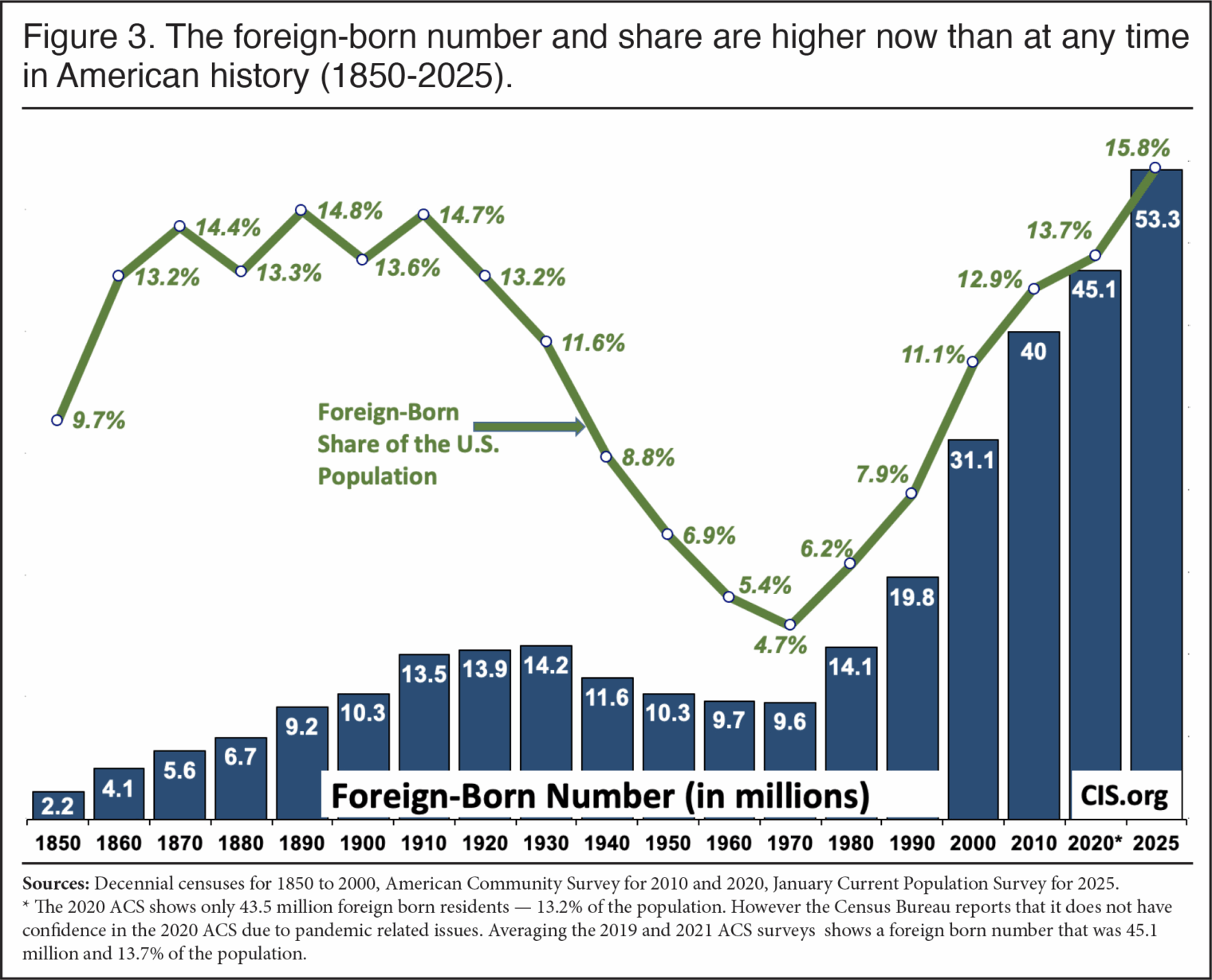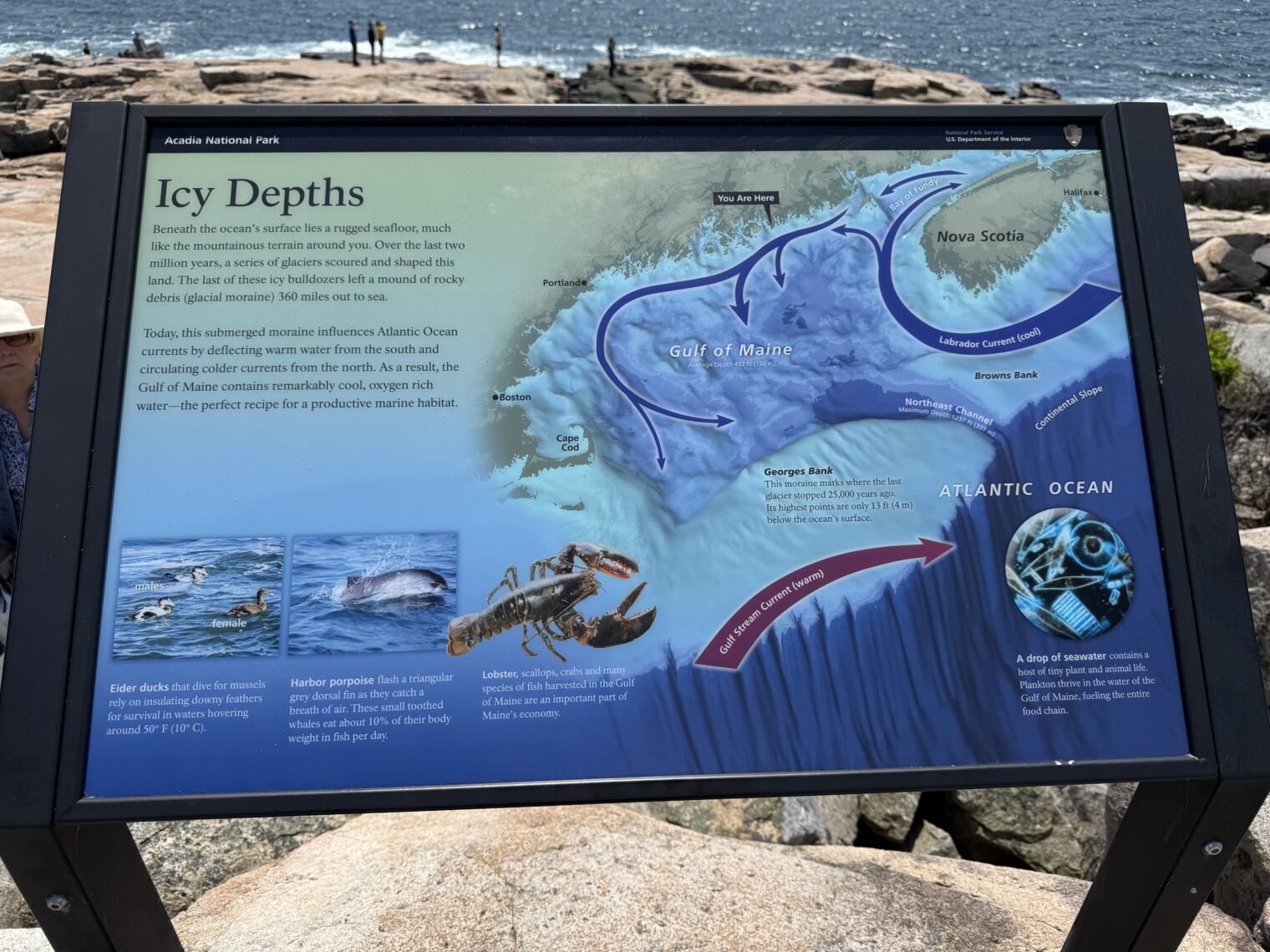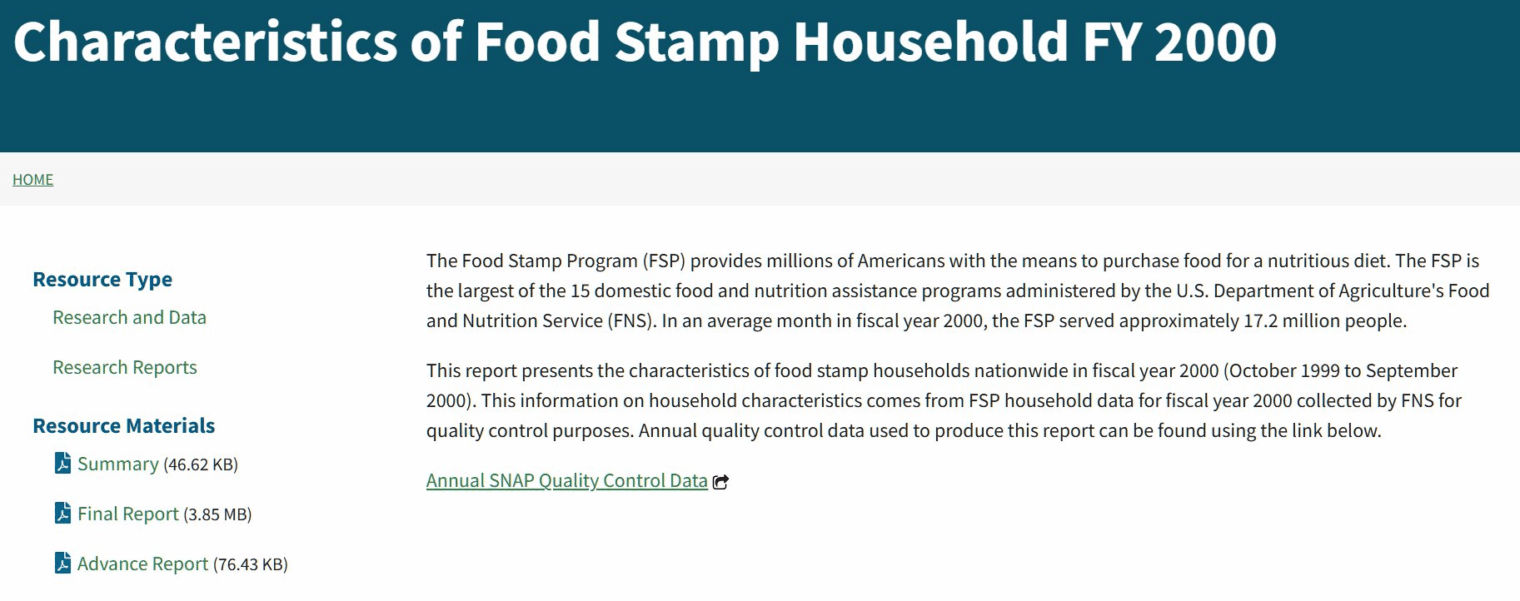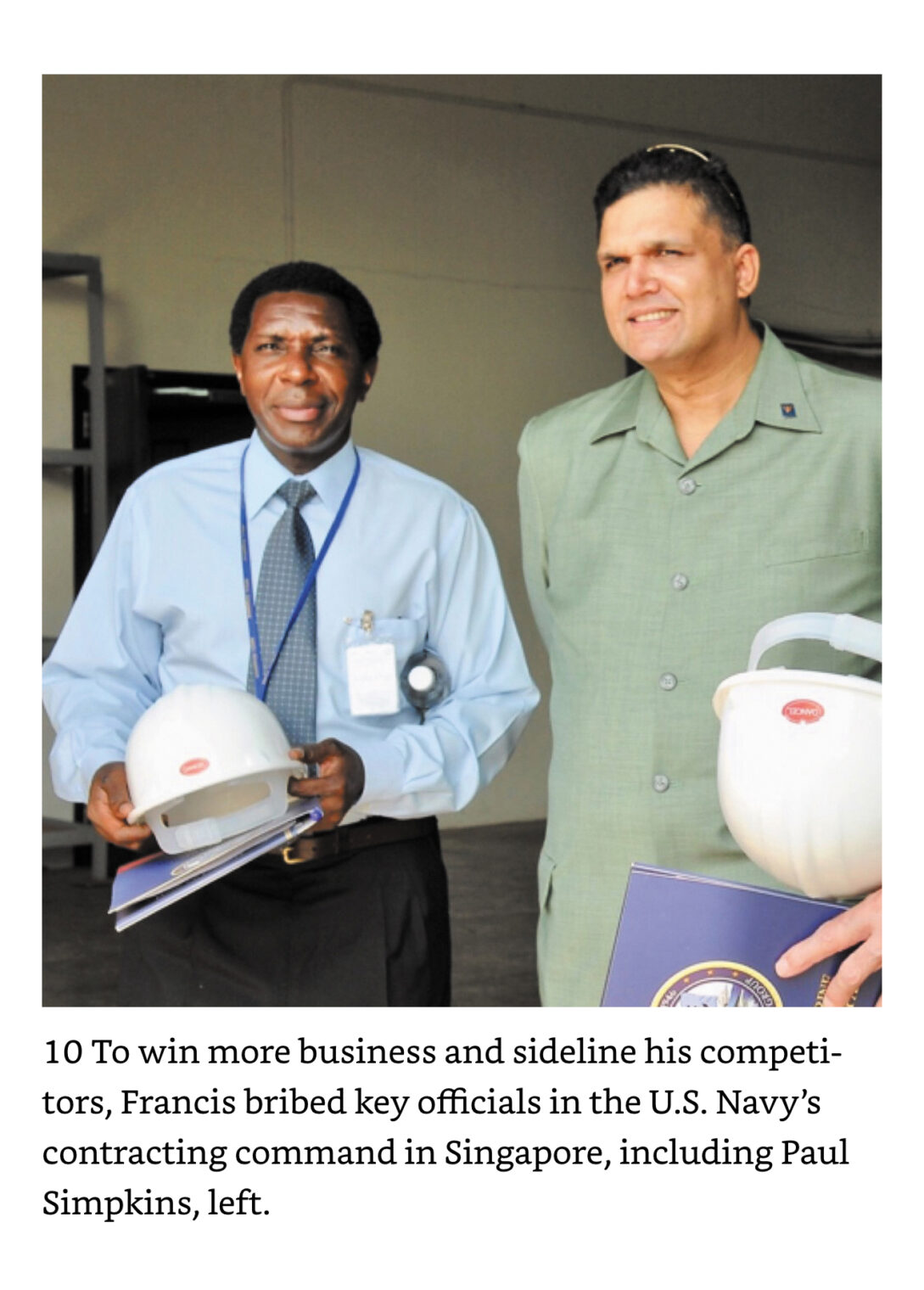Why don’t people on the other sides of frauds get fired?
We’ve read about a variety of frauds lately, some in the business world and some at the government trough. We hear about the fraudsters being sanctioned, but never the people who were responsible for ladling out the cash. Our first example happened at JPMorgan (source: Association of Certified Fraud Examiners):
In late 2021, JPMorgan announced they were acquiring Frank, a fintech startup founded by [precious female entrepreneur] Charlie Javice that promised to simplify the college financial aid application process. The company reportedly had more than four million users who used the app to help them navigate the complex and difficult process of applying for financial aid. However, by December 2022, JPMorgan filed a civil lawsuit against Javice, alleging fraudulent claims over the amount of customers Frank had. Instead of the around four million customers Javice reported, Frank had fewer than 300,000 actual users. Federal prosecutors then brought criminal charges in early 2023, and in March 2025, Javice was found guilty on multiple counts, including securities fraud, wire fraud, bank fraud and conspiracy charges.
The discrepancy was significant, as Frank had only about 7% of the users it claimed to have during negotiations with JPMorgan Chase. Evidence showed that Javice had actually hired a data scientist for around $18,000 to create synthetic user data, which was then presented to JPMorgan during the acquisition process as a selling point.
Wims Morris, a JPMorgan executive, relied heavily on Javice’s claims about user data.
How’s Wims Morris doing now? Her LinkedIn profile says that she’s now in charge of $88 billion in auto loans:
Next we go to the geniuses at BlackRock, in charge of $12.5 trillion in assets (mostly index funds?). “BlackRock Stung by Loans to Business Accused of ‘Breathtaking’ Fraud” (WSJ):
The lenders have accused [enricher] Bankim Brahmbhatt, the owner of little-known telecom-services companies Broadband Telecom and Bridgevoice, of fabricating accounts receivable that were supposed to be used as loan collateral. The lenders filed suit in August. They said Brahmbhatt’s companies owe them more than $500 million.
The lenders allege in their complaint that their investigation determined that every customer email Brahmbhatt-owned companies had provided to verify invoices over the past two years was fake. They also said they discovered fraudulent contracts from customers dating back to 2018.
In other words, it seems that anyone able to type “Please generate some invoices and customer emails for my hypothetical telecom company” into an LLM could collect $500 million from the smartest folks on Wall Street. A Google search for “BlackRock firings after Brahmbhatt fraud” yields zero relevant results.
The same lack of accountability can be observed in government. Somalis living in Minnesota managed to defraud taxpayers of more than $1 billion via various welfare program schemes (on top of the taxpayer-funded housing, health care, food, and smartphone to which two-thirds of Somali households in Minnesota are entitled by virtue of having over-the-table income lower than 200 percent of the poverty line (MNCompass)). It got to the point that even the New York Times was willing to implicitly criticize war veteran Tim Walz: “How Fraud Swamped Minnesota’s Social Services System on Tim Walz’s Watch”:
The fraud scandal that rattled Minnesota was staggering in its scale and brazenness. … fraud took root in pockets of Minnesota’s Somali diaspora as scores of individuals made small fortunes by setting up companies that billed state agencies for millions of dollars’ worth of social services that were never provided. Federal prosecutors say that 59 people have been convicted in those schemes so far, and that more than $1 billion in taxpayers’ money has been stolen in three plots they are investigating. That is more than Minnesota spends annually to run its Department of Corrections. … Ms. Hassan is of Somali ancestry, as are all but eight of the 86 people charged in the meals, housing and autism therapy fraud cases, according to prosecutors. A vast majority are American citizens, by birth or naturalization.
“The message here in Minnesota,” [Tampon Tim] Walz said, “is if you commit a crime, if you commit fraud against public dollars, you are going to go to prison.”
The worst part is not the $1 billion extracted from taxpayers who had to work extra hours to send money to Somalis and Somalia, but that people might mistakenly believe that Somalis, two-thirds of whom are entitled to every form of welfare (see above), aren’t “hardworking”:
“The actions of a small group have made it easier for people already inclined to reject us to double down,” said Abdi Mohamed, a filmmaker in Minneapolis. “The broader Somali community — hardworking, family-oriented, deeply committed to Minnesota — is left carrying that burden.”
Missing from the article: “Joe Bureaucrat was fired for not noticing this obvious fraud and ladling out more than one $billion in tax dollars.” Also missing… reader comments. The NYT disabled comments on the article from the beginning so that none of their readers could commit Wrongthink and erroneously suggest that Minnesota would be better off without enrichment by Somalis.
The Somalis who defrauded the white say-gooders of Minnesota weren’t Hollywood-style supervillains with IQs of 160. JPMorgan could have discovered precious female entrepreneur Charlie Javice’s fraud by making about 10 phone calls. Ditto for BlackRock and Bankim Brahmbhatt (believed to be back in India now after enriching the U.S. for enough years to obtain U.S. citizenship (FCC filings)). If nobody can be fired then what’s the incentive to perform basic due diligence?
Maybe I am out of step with the rest of humanity. For example, I would have imprisoned the Theranos Board, its attorneys, and anyone who invested other people’s money in Theranos rather than prosecuting and imprisoning Elizabeth Holmes. Believing that a Stanford dropout knew stuff that all of Europe’s PhD chemists didn’t know is criminal-level idiocy in my opinion! I would have sent Elizabeth Holmes out on a speaking tour (not a Hillary-style “listening tour”) where she could tell venture capitalists and money managers that sometimes credentials actually do matter.
Full post, including comments









